Grow Your Own Giant Sequoia Tree
by ThomasJ1 in Living > Gardening
206895 Views, 309 Favorites, 0 Comments
Grow Your Own Giant Sequoia Tree
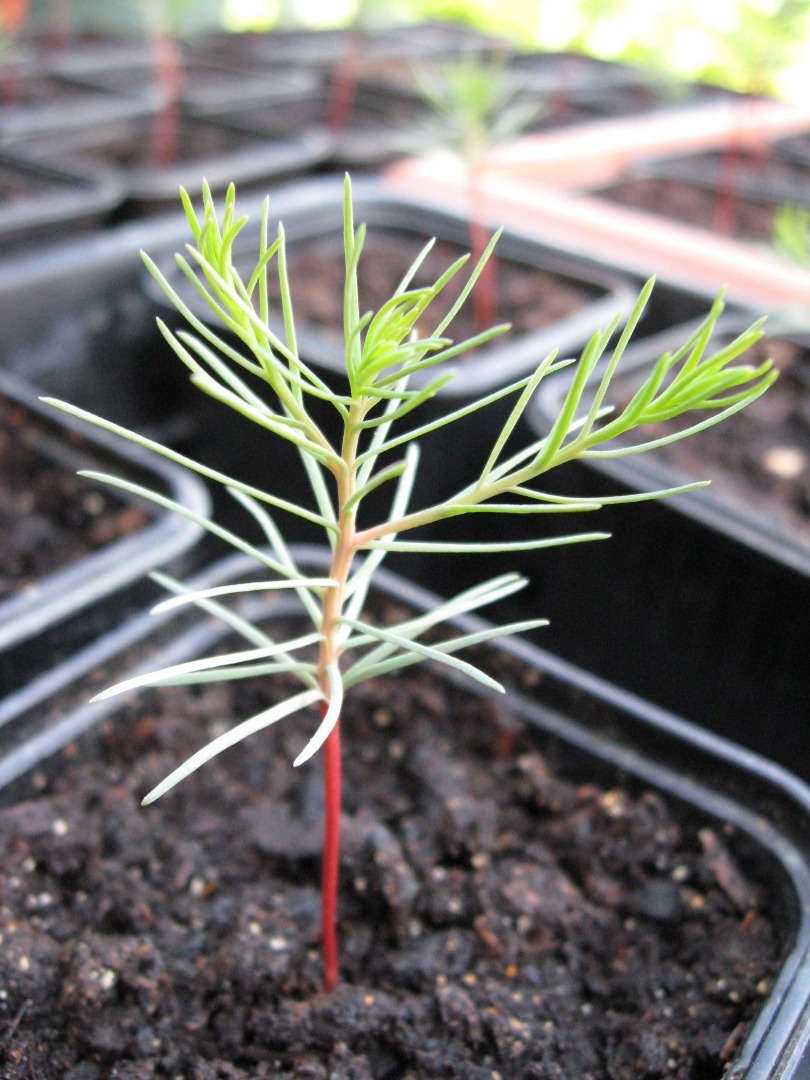
As far back as I can remember, I've always been impressed by very large trees. As a kid, I considered sequoias as the giant trees from California and I would often recognize them in documentaries. Later, I realized that there actually were some of those trees growing around my place... in France. I started to make an inventory of them and tried to visit the ones publicly accessible. Some of them turned out to have cones on the ground. I decided to harvest them, extract the seeds and plant them.
That's how I realized it wasn't exactly straightforward. After a few methods and weeks of patience, I came to realize that most of the seeds where not viable and that my soil was not appropriate. After a bit of research, I gathered growing tips and devised my own method.
Here's a guide based on my past failures and success.
Get Some Giant Sequoia Seeds






The first step as you can guess is to get some seeds. You have 2 choices there: harvest them or order them.
Harvesting seed, while not being the most efficient method is probably the most rewarding since you'll go from picking up a cone on the ground to having your own tree. You might also be able to trace the genealogy of your seedling since you'll already know the parent tree.
If you decide to harvest the seed, try to find a mature sequoias tree and look for green cones on the ground. They are the ones with the highest chance of germination (20 to 40% in their natural habitat). Let them dry inside the house. The cones will slowly open and shed their seeds.
Another solution is to order the seeds. I ordered some from J.L Hudson. 1 ounce costs $36 which is a good deal considering the amount of seeds in the envelope. These seeds come from mature trees and have a high germination rate (> 40%). Look for the latin name Sequoiadendron giganteum.
Cold Stratification

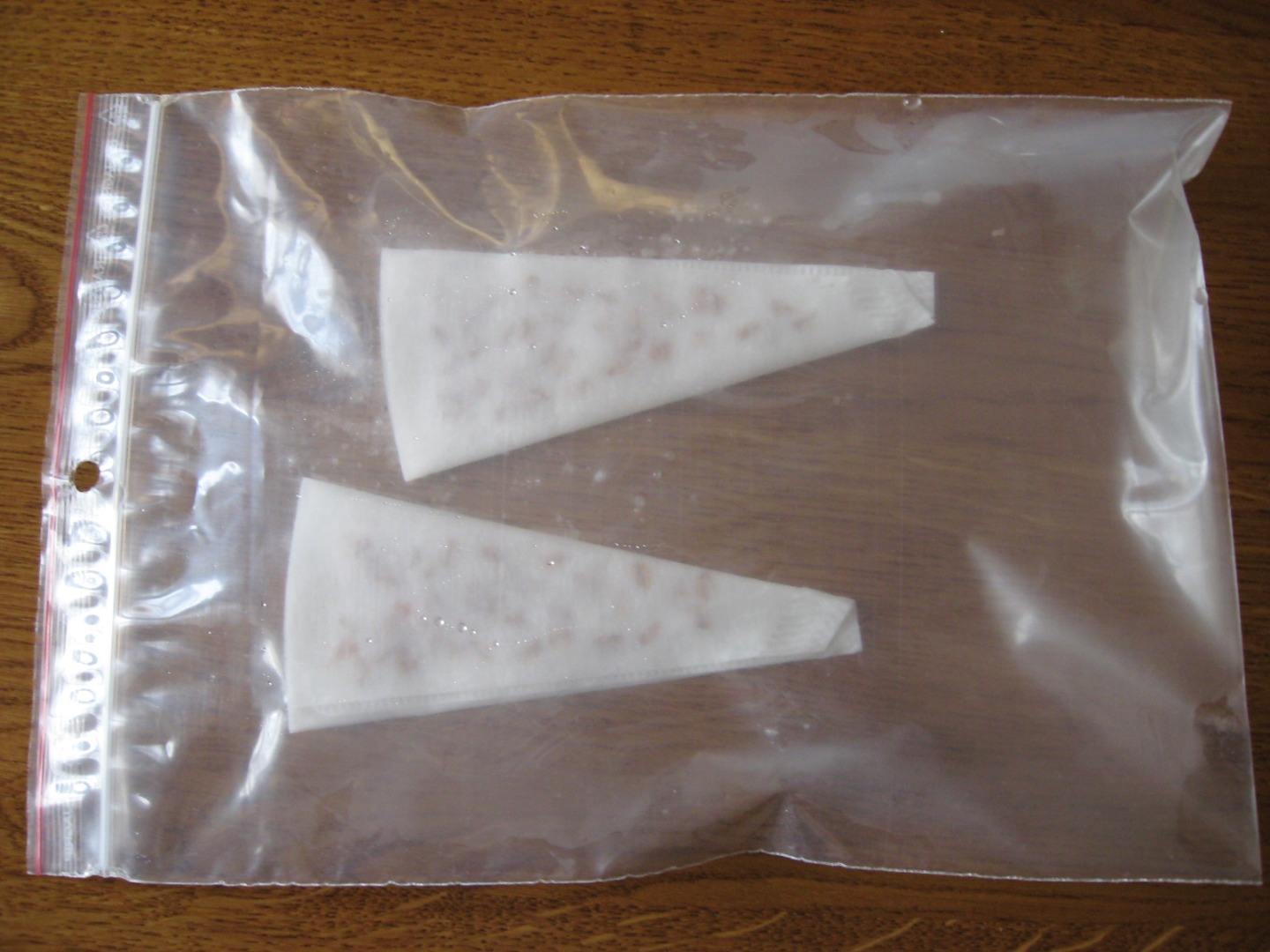



Like most coniferous trees, the seeds of giant sequoia trees need to spend a bit of time in the cold to soften their shell and lift the seed dormancy. A period of 4 weeks is a good minimum.
Here's a method I found online: to lift the dormancy, grab a paper towel. Make sure the paper is chemical free. I used a coffee filter to be sure it had no perfume on it. Using gloves or clean hands, take some seeds and place them on the paper. You can now fold the filter in half (I actually use 3 layers under and 1 layer over).
Wet the filter (not too much) and place it in a sandwich bag with a bit of air. Put the bag in the fridge and wait 4 weeks.
When the time is up, place the bag in a dark spot at room temperature. The temperature gradient will make the seeds sprout. After a few days, open the bag and look for sprouted seeds. If you see some, take them out, we will plant them right now. Put the bag back in the shade and check regularly for new seedlings.
Prepare the Soil
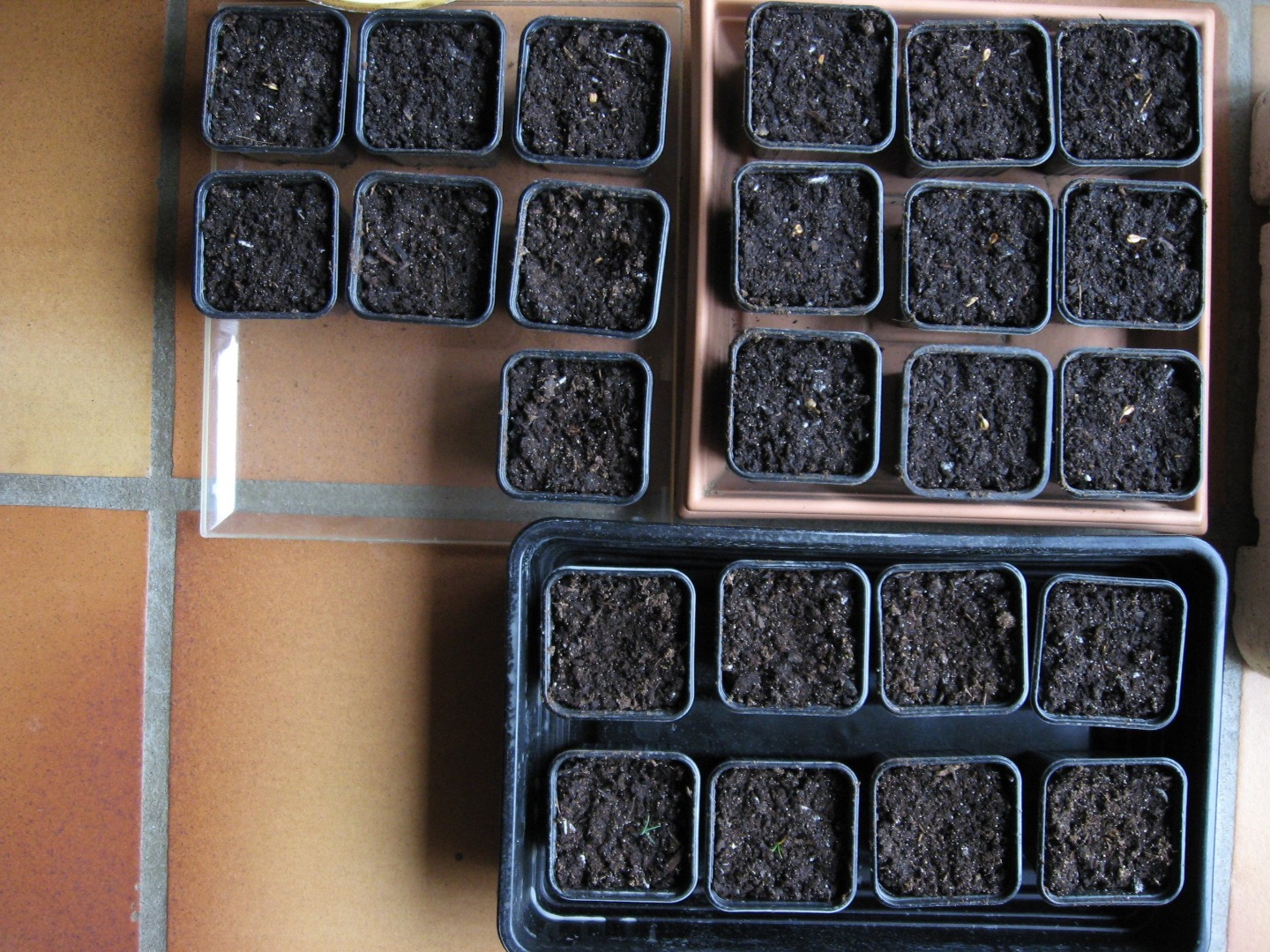

Now is the time to put the seeds in the soil. Prepare individual pots using standard potting soil. Sequoia seedlings require a wet but well drained soil. Humidity is a key factor to the success of growing your seedlings. If you ever let the soil dry a little too much, the seedlings will almost surely die. However, too much water and the base of the seedling will rot and the plant will fall to the ground.
To prevent moulds and fungal parasites, add some fungicide to the potting mix, stir and fill the pots. make a hole in the center and place the already sprouted seed. Lightly water the soil.
Watch for Seedlings





The stem of your seedlings should soon make a red upside down U shape. The seed envelope will slowly rise up and fall when the first cotyledons start growing.
Seedlings can have from 3 to 5 cotyledons (first leaves). After a few days, you will see the first real leaves show up in the centre. If your seedlings made it that far, it usually means they are less likely to die from stem rot.
During this stage of development, the plants should be kept in the shade to prevent any desiccation.
Expose Seedlings to More Light


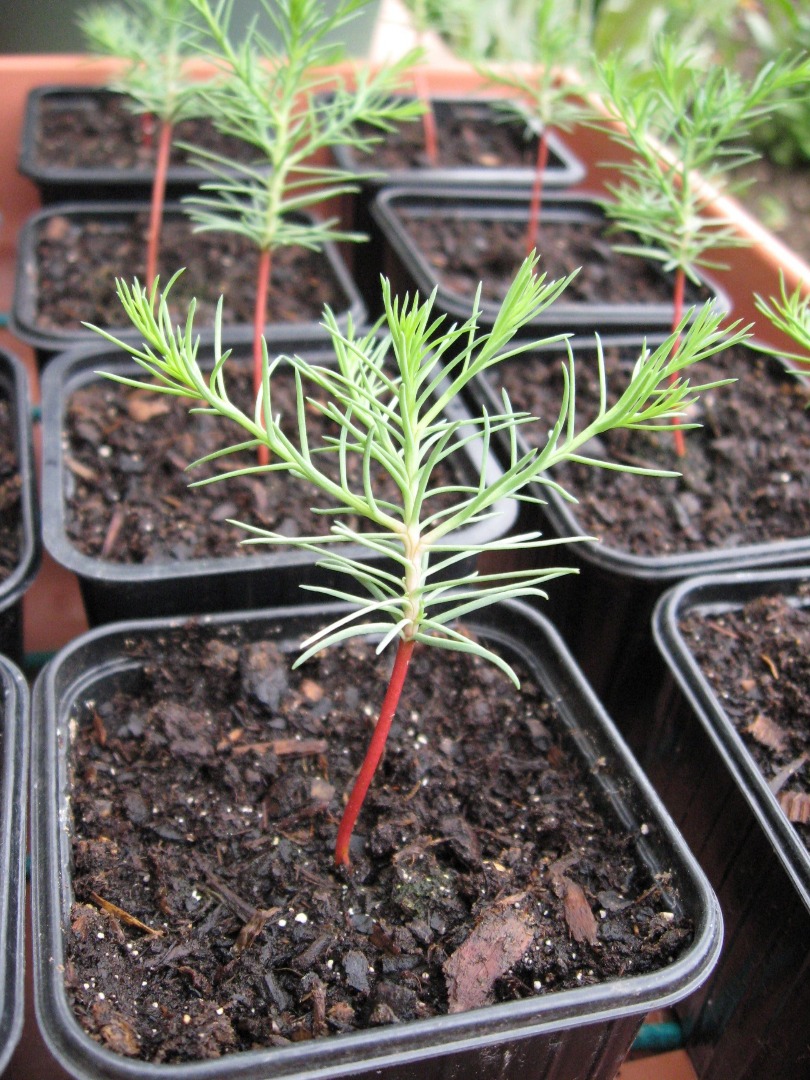

After a few weeks, the plants will start to grow branches. This is an indicator that they are ready for a bit more sunlight. Slowly move your plants in a brighter environment but avoid direct sunlight.
When your plants have been acclimated to the sun, you can move them outside during the day. Be careful to always keep the soil humid.
Transplant Your Sequoias Outside
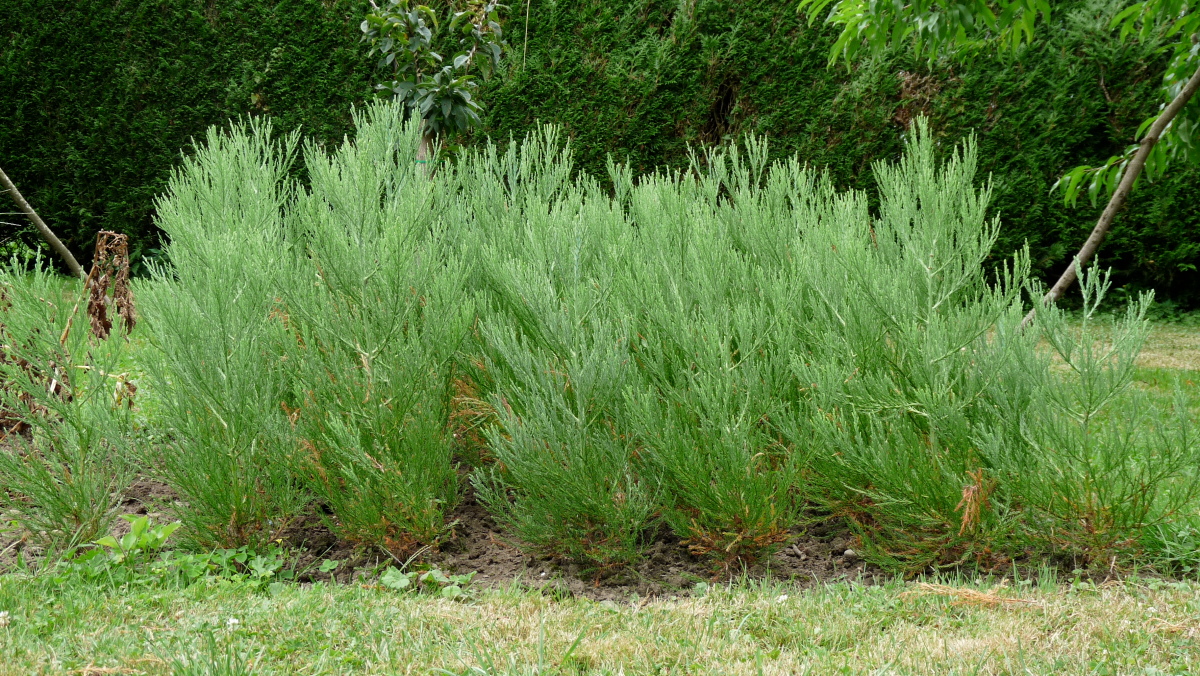



When the plants are about 4 to 6" tall, it is better to take them out of their pot and grow them directly in the ground. This will ensure that they don't dry up and it will give space for the roots to spread.
Once you found a place large enough (a 10m radius is a good start) you can plant your sequoia at its definitive spot. Remember to add some slow release conifer fertilizer to boost the roots production during the following year.
If you have deer in your area, protect your young tree with chicken wire during the first years of growth as deer love to chew on buds and young stems in the spring.